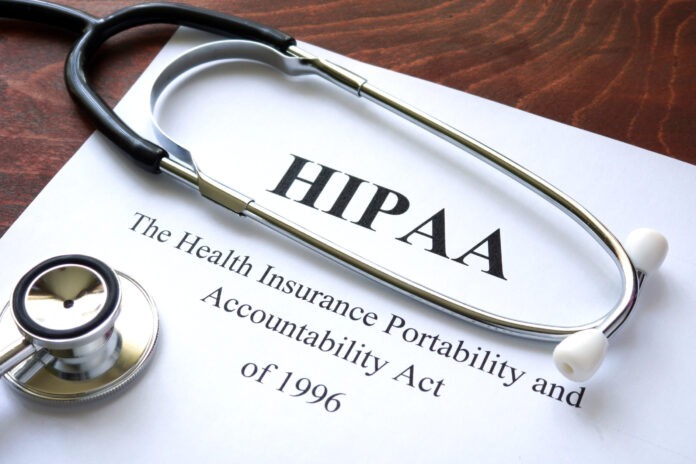
Healthcare organizations carry a responsibility that goes far beyond patient treatment. Their role is to keep patient information safe throughout the entire care process. The Health Insurance Portability and Accountability Act, or HIPAA, guides this responsibility. Meeting HIPAA standards is not optional for healthcare providers, insurers, and their business partners. The rules establish safeguards that help reduce risks while improving trust between patients and providers. A HIPAA compliance assessment is often the first step in identifying weaknesses and setting up a path toward full compliance. This allows organizations to strengthen their security posture and prepare for ongoing regulatory requirements. The foundation of HIPAA compliance is built on a set of key rules. Each rule addresses specific areas of risk and helps create a structure for protecting sensitive information. By understanding these requirements, healthcare organizations can develop a strong compliance program that protects patients and minimizes liability.
The HIPAA Privacy Rule
The Privacy Rule is one of the most well known parts of HIPAA. It defines how patient information, also called protected health information or PHI, can be used and disclosed. Covered entities must have policies in place to control access to PHI. They must also train staff to handle patient data properly. This rule also gives patients essential rights, including being able to see their medical records and ask for corrections when needed. This rule lays the groundwork for how healthcare organizations handle private information.
The HIPAA Security Rule
The Security Rule focuses on the technical and administrative safeguards that keep electronic protected health information secure. Healthcare organizations must implement measures such as encryption, access controls, and secure transmission of data. Administrative steps like risk analysis and workforce training are also required. This rule is designed to protect electronic patient data from potential threats during storage and transmission. A strong security program not only reduces the risk of breaches but also builds confidence among patients.
The Breach Notification Rule
When patient information is compromised, the Breach Notification Rule comes into play. It requires healthcare organizations to notify affected individuals when their data has been exposed. In some cases, regulators and even the public must also be informed. The rule sets deadlines for notification and outlines what must be included in the message. These requirements help ensure transparency and allow patients to take steps to protect themselves. Compliance with this rule is essential in maintaining accountability.
Administrative Safeguards
Administrative safeguards are often considered the backbone of HIPAA compliance. These include creating policies and assigning responsibilities for protecting patient data. Risk assessments must be carried out on a regular basis. Organizations should prepare a response plan in case a threat occurs. Workforce training is another key requirement, making sure that staff understand their roles in protecting patient privacy. By putting these safeguards in place, healthcare organizations create a culture of compliance that supports other requirements.
Technical and Physical Safeguards
HIPAA also calls for technical and physical protections. Technical safeguards may include secure passwords, audit controls, and automatic logoff features. Physical safeguards involve protecting the actual locations where data is stored, such as server rooms or offices. This might mean restricting access to certain areas or using security cameras. These safeguards work together to limit unauthorized access and help protect against outside threats and internal errors.
HIPAA compliance is not a one time effort but an ongoing process that requires attention and commitment. Each core requirement, from the Privacy Rule to technical safeguards, plays an important role in protecting patient information. Healthcare organizations that build compliance into their daily operations reduce the risk of penalties and data breaches. They also create stronger relationships with patients by showing that privacy and security are taken seriously. By following the rules and completing regular assessments, organizations can stay prepared for evolving risks while ensuring trust remains at the heart of healthcare.










